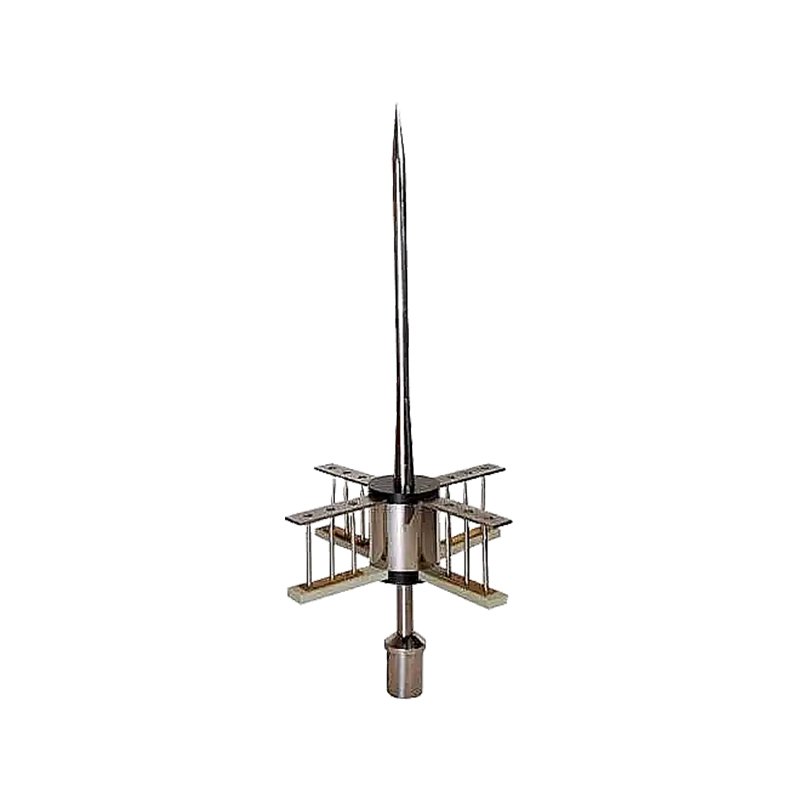
The Working Principle of The Lightning Rods
Lightning rods are used to protect buildings and people from lightning strikes. These devices are also called lightning arrestors, air terminals, or strike termination devices. They are often used for commercial property owners, but are less common in residential areas.
A lightning rod works by attracting a lightning bolt and diverting its charge to ground. It does this by electrically bonding to the Earth via electrodes. Traditionally, lightning rods were copper with a starburst tip, but more modern versions are made of plastic or metal. The tip of the rod can be designed to ionize the air surrounding it. This helps to make the air conductive, which increases its chances of attracting a lightning strike.
A large lightning rod is better at dissipating a powerful electrical field than a structure. In general, a building needs at least three to four lightning rods. For a house, it is recommended that the rods are placed at points at least a foot above the structure. To further enhance the conductivity of the lightning rod, two or more metal wires are joined together with a copper or aluminum cable. Several of these cables are then bundled to form an anchor chain, which aims to keep masts and other structures intact in the event of a lightning strike.
Some people use lightning rods as decorative architectural pieces. The glass ball used on a vintage lightning rod was meant to serve as evidence that a lightning strike had occurred. But it is important to ensure that the glass ball is safe and secure, because it can break and cause damage. If the ball is missing, it should be reported immediately to the owner of the structure.
Lightning rods have become widely adopted in the Northeastern United States. These devices are usually connected to a metal cable which is hidden within a building. When a lightning strike occurs, the cable is lifted up and a low-resistance path is provided to the earth. However, a strike will still occur regardless of the presence of a lightning rod.
While lightning strikes are not a common hazard to a residential property, they can cause devastating damage if they happen to a business. This is because lightning can travel at high speeds and ignite materials at high temperatures. An average fire department responds to about 22,600 lightning-related fires per year. There are some cases where a lightning rod can prevent a fire.


Early Steamer Emission Lightning Rods Are The Preferred Protection Method For Mega-Structures Such As Distribution Warehouses, Industrial Plants, Amusement Parks, Shopping Malls, Sports Arenas, Golf Courses, And Other Large Area Structures. The ESE System Provides A Safe And Efficient Manner Of Controlling Dangerous Lightning Energy Before It Damages Structures And Its Important Contents, Including Human Occupants. Our Early Steamer Emission Lightning Rods Are Made Of Non-Corrosive Materials, Utilize Advanced And Sustainable Technologies, Are Independently Tested Accordance With NF C 17-102 Standard.

 English
English 简体中文
简体中文











